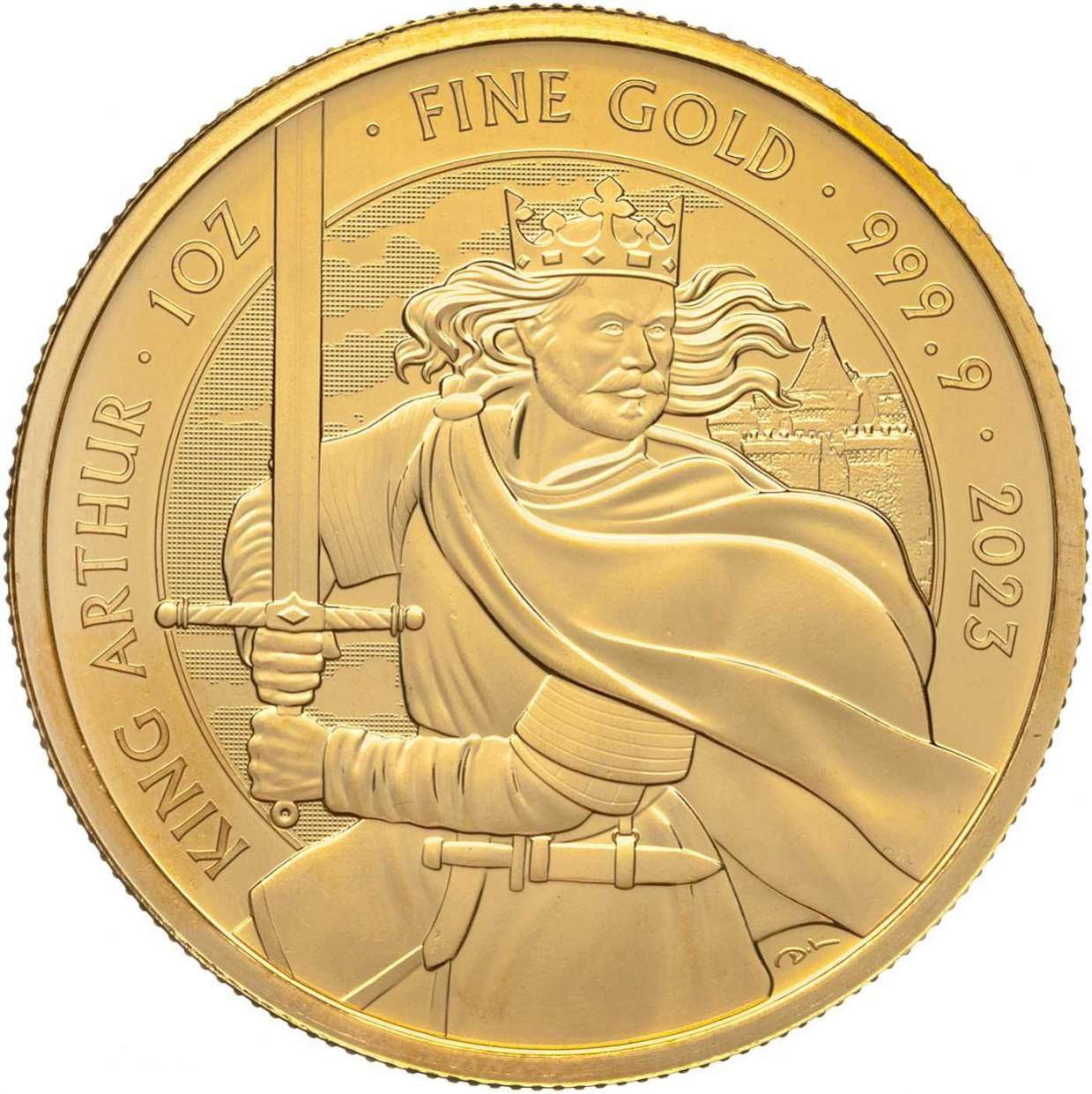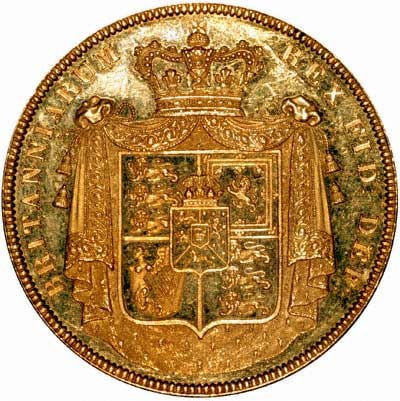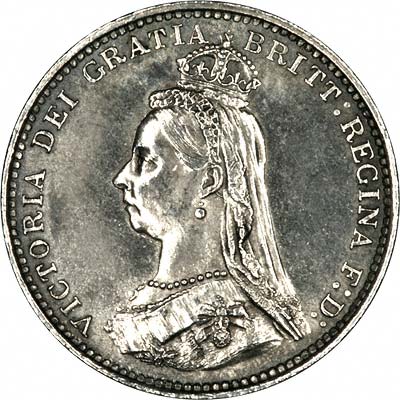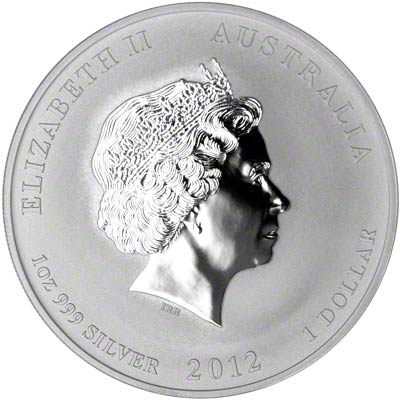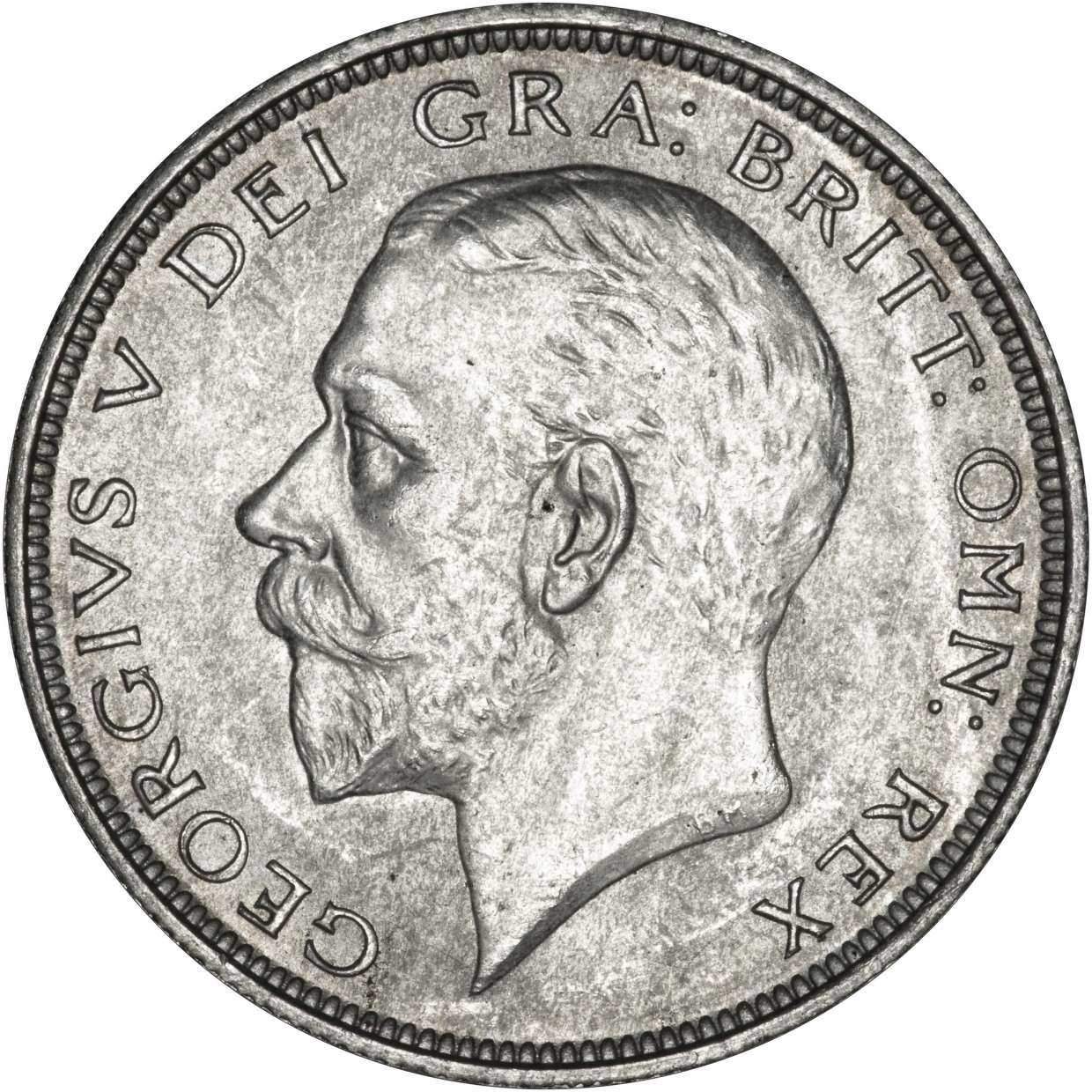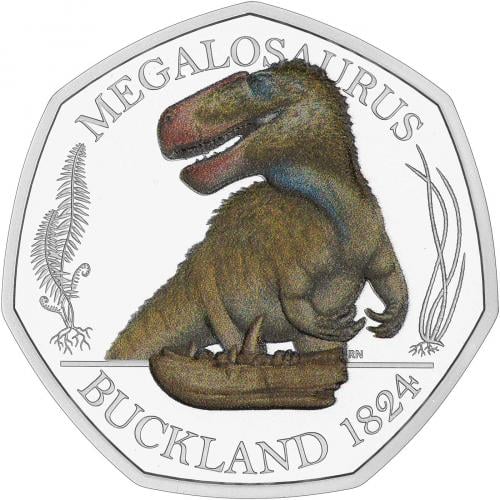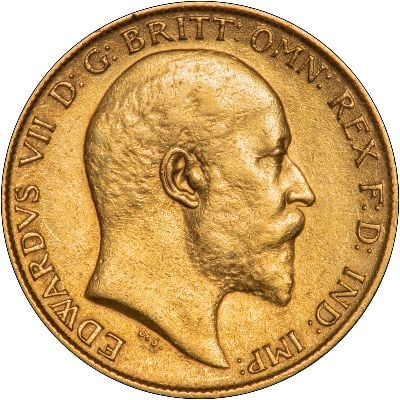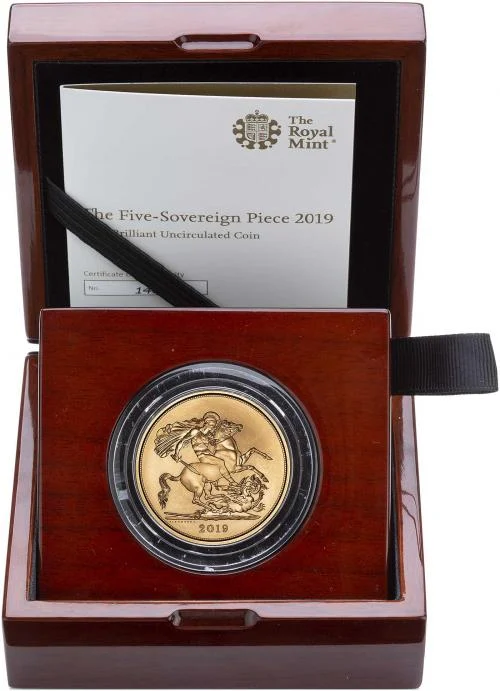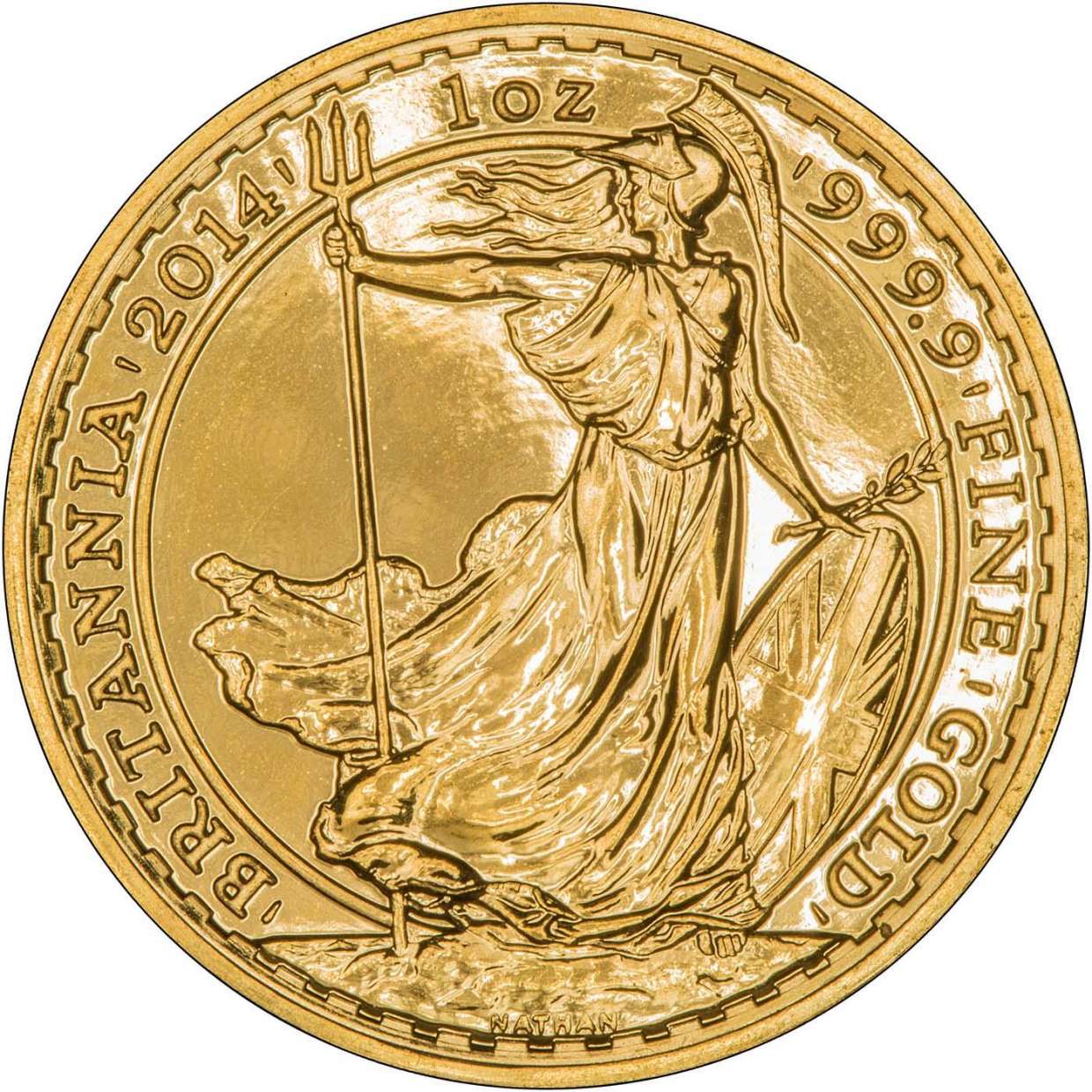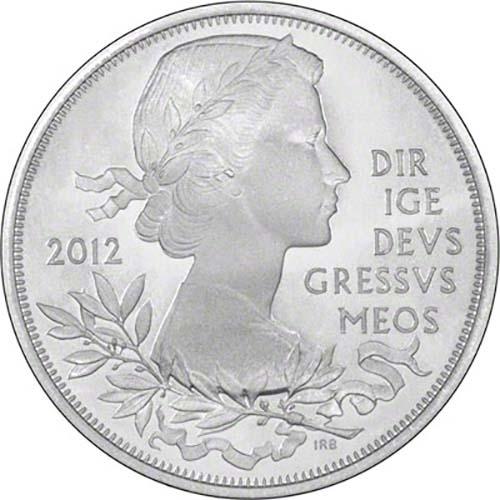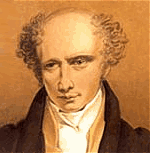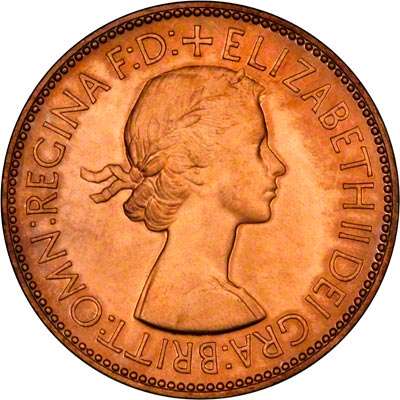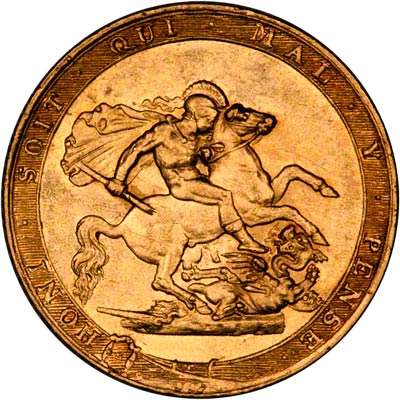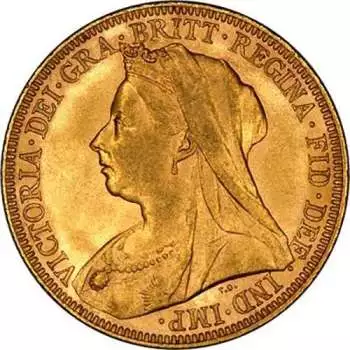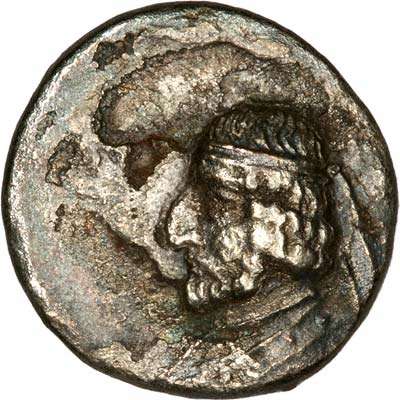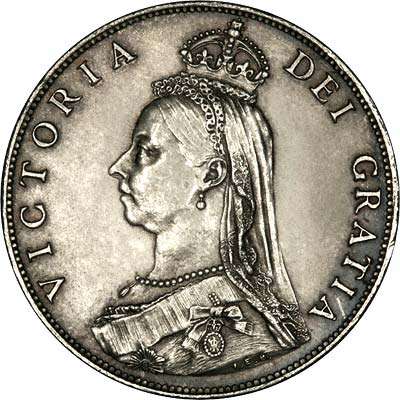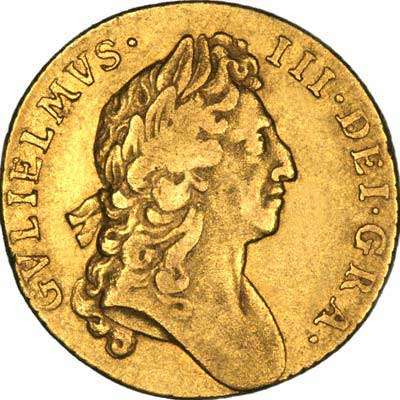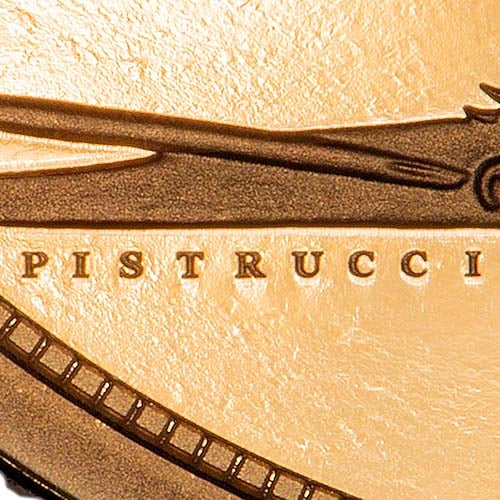Roses Provenance Mark on British Coins
Synopsis
There are, of course, roses on many other English or British coins, but here we concentrate on a rose or number of roses specifically intended as a provenance mark.
Roses Denote Silver from the West of England Mines
There are, of course, roses on many other English or British coins, but here we concentrate on a rose or number of roses specifically intended as a provenance mark.
Provenance Marks on British Coins
Under Charles II, and as early as 1662, a rose was used as a provenance mark on silver coins made using silver from mines in the West of England. This was placed under the bust of the King. The practice of using provenance marks was used earlier on the coins of Charles I, when silver coins struck at Aberystwyth using silver from Welsh mines was marked with a prominent plume of feathers.
Roses as a Provenance Mark
In 1699 under William III, roses were placed in the angles between the shields on the reverses of silver coins, again denoting West of England mined silver. This continued until the reign of George II, the last year with roses being 1747.

The West Country Mines
Silver had been mined in Britain since Roman times, often as a by product of lead. The Domesday Book in 1066, showed a diverse and small scale silver mining industry. The west country mines were deeper than the surface and shallow mines elsewhere, and were not exploited until 1292 and later when the Devon mines were worked under direct government control. By 1350 mining came to a halt because of the problems of deep working, and also because the population had been diminished by plague. Mining was resumed later, usually by lessees. By 1480 it had become necessary to use mechanical pumping of water from the mines.
Smelting and refining methods improved during the 13th and 14th centuries, and again in the 16th century using newer technology.
There were Devon silver mines around Bere Ferrers, Combe Martin, and the Dulverton / Brushford area on the Somerset border. Other mines in Cornwall, Somerset and Devon were primarily lead or copper mines with silver as a by product.
Other Provenance Marks
Other provenance marks used on British coins were:-
| Mark | Origin |
| Plumes / Feathers | Wales |
| Roses & Plumes | Company for Smelting Down Lead with Pit Coale and Sea Coale |
| WCC | Welsh Copper Company |
| SSC | South Sea Company |
| LIMA | Lima, Peru |
| Elephant & Castle | The Africa Company |
| VIGO | Captured from the Spanish at the Battle of Vigo Bay |
We also have a page dedicated to Provenance Marks on British Coins
If you want to find the value of a coin you own, please take a look at our page I've Found An Old Coin, What's It Worth?
Related Blog Articles
This guide and its content is copyright of Chard (1964) Ltd - © Chard (1964) Ltd 2025. All rights reserved. Any redistribution or reproduction of part or all of the contents in any form is prohibited.
We are not financial advisers and we would always recommend that you consult with one prior to making any investment decision.
You can read more about copyright or our advice disclaimer on these links.

